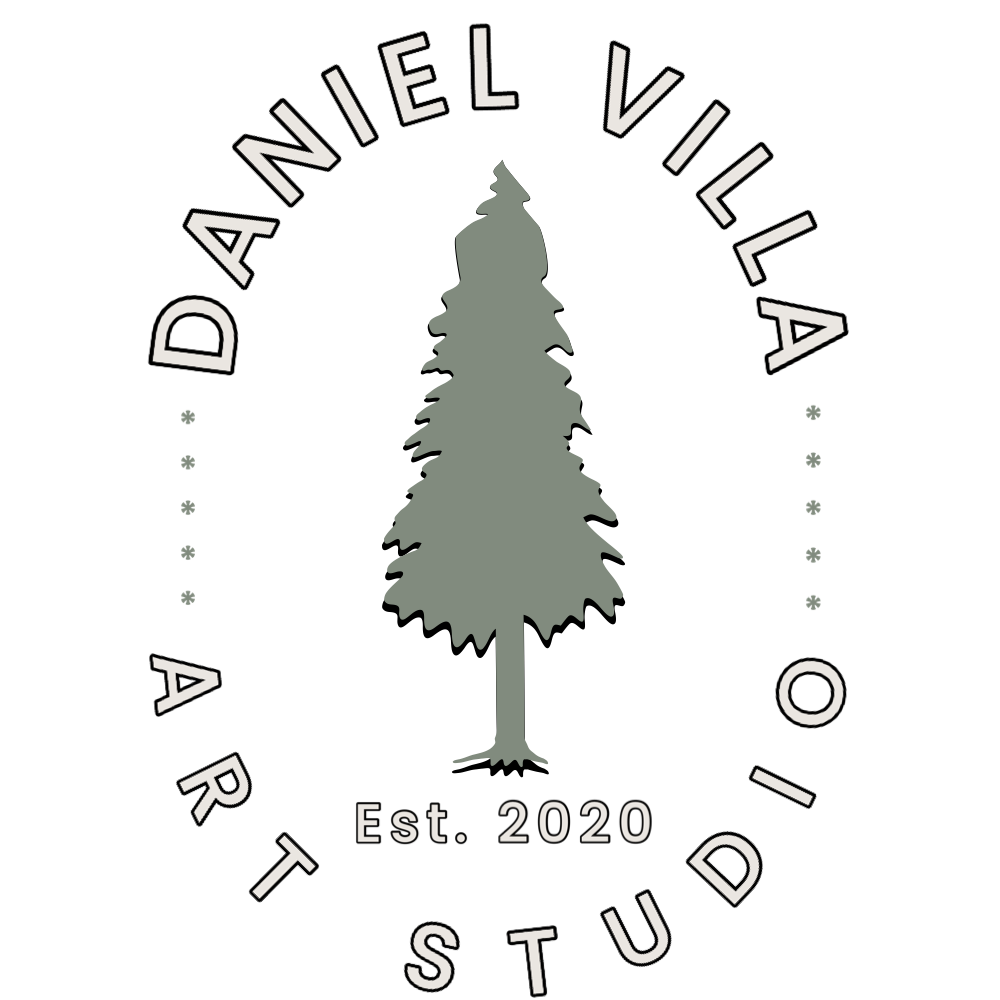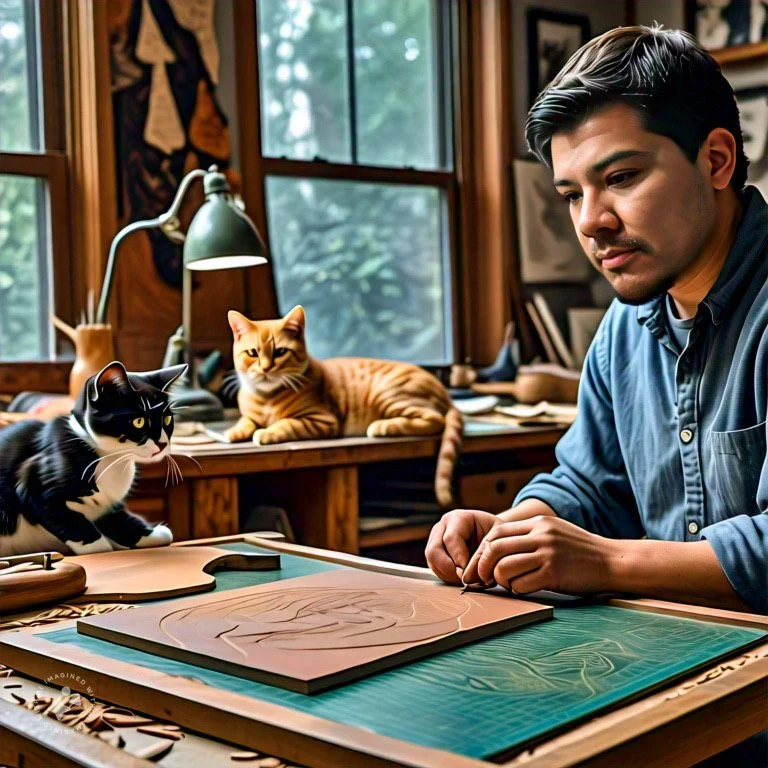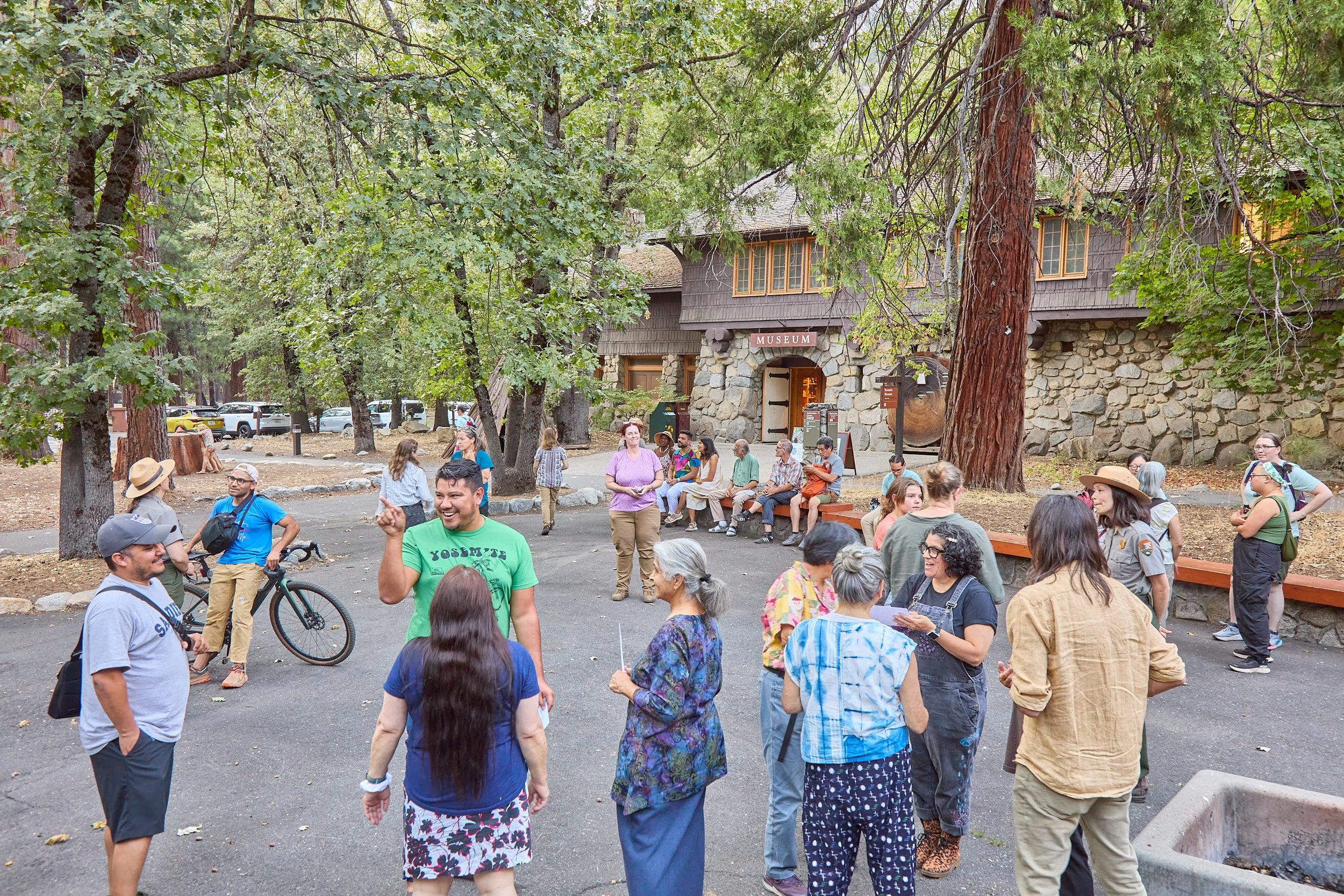On Building Community
Why I’m not relying on social media to create community
Meta AI Studio
Last June, I got an email from the Meta Instagram Creator Partnership Team inviting me to join an exclusive AI (Artificial Intelligence)-First Community on Facebook. They said it would give me early access to product launches and the chance to be part of "a community of like-minded individuals." I've gotten emails from Meta about Instagram products before, but this one was different. I was intrigued by what they meant by an AI community.
After I accepted the invite, I got access to Meta's AI Studio and a private Facebook group that was monitored by Meta staff. The group was only a day old and pretty small, with about 30 members. Its purpose was to encourage us to build our own AIs and share feedback, which Meta staff would take to management. Today, anyone can access Meta's AI Studio and create personas or interact with existing ones. When I first logged in, there were only a few chatbots available, and they all felt eerily similar. As business owners and creatives, we were encouraged to create digital versions of ourselves to interact with customers when we were unavailable, and these AIs could theoretically answer questions and provide advice based on the information we programmed into them.
One of the goals of AI is to “simplify” everyday tasks.
Around that time, I just finished my football season, was planning blocks for Obata Art Weekend, and brainstorming ways to revive my Instagram engagement, which was at an all-time low. So, I decided to give the AI Studio a go, if the technology was good as they kept promising this could really change things. I wanted to create something useful, so I settled on making a printmaking AI.
It took me a full day to write commands, prompts, and correct the slop it produced. When it finally seemed to have got the hang of it, the AI asked me to create a profile picture. So, I uploaded some photos of myself and used my phone's camera to scan my face. The result was a pretty uncanny, sterile version of me in an idealized art studio filled with plants, football memorabilia and two cats. It was haunting, but clearly AI. I was prompted by the AI to imagine me in different ways based on my interests, so I gave it a try. It couldn't possibly be that bad, right? Here are some of the images it generated. I'll let you be the judge.
AI Daniel the Printmaker could answer most questions about linocut, Mokuhanga, my cats, or even my football "career". It also generated images resembling linocuts and woodcut prints, despite my extensive coding to prevent this. When I contacted Meta staff to disable the feature, they said it wasn't possible. Daniel the Printmaker operated using Llama software, which included image-generation capabilities. My prompts and code were just tapping into a larger AI system, like a ghost within the shell.
Meta encouraged me to publish my AI and share it with friends and family to "teach it how to be more like me." The idea of software embodying me felt unsettling. I left Daniel the Printmaker as a draft and focused on Obata Art Weekend instead. Over the following weeks, Meta sent me emails reminding me about the AI community group.
Yet said Facebook community was a desolate place where conversations revolved around questions like, "why would anyone want to talk to this AI?" and "this is fun for a while, but then what?" I shared the same doubts. Ironically, the community bonded over questioning the AI's purpose and functionality. What really made me raise an eyebrow was when someone suggested using the chatbots to create content for their "Instagram subscription" they were planning on launching. I for one, could not charge for a subscription only to deliver soulless AI content.
Ultimately, I deleted AI Daniel the Printmaker. The concept of a digital clone not only disturbed me, but I also rejected the notion of a community being led or controlled solely by artificial intelligence. Real-life communities and friendships are irreplaceable.

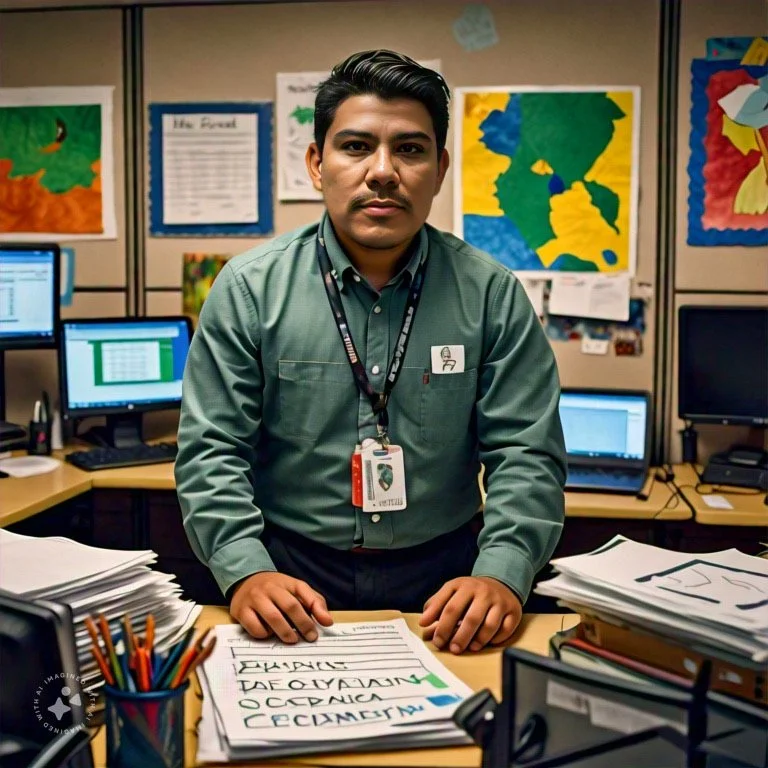

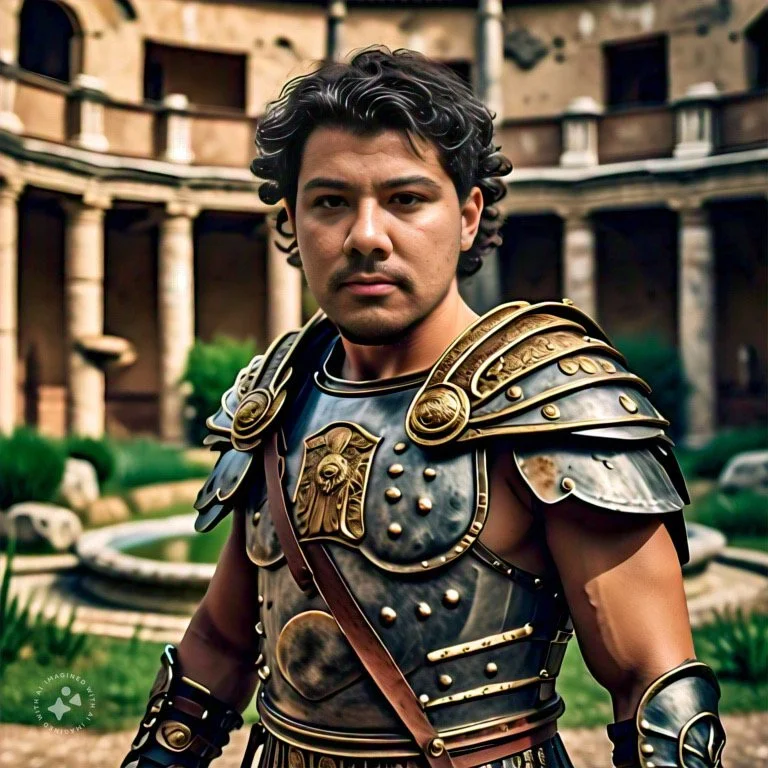
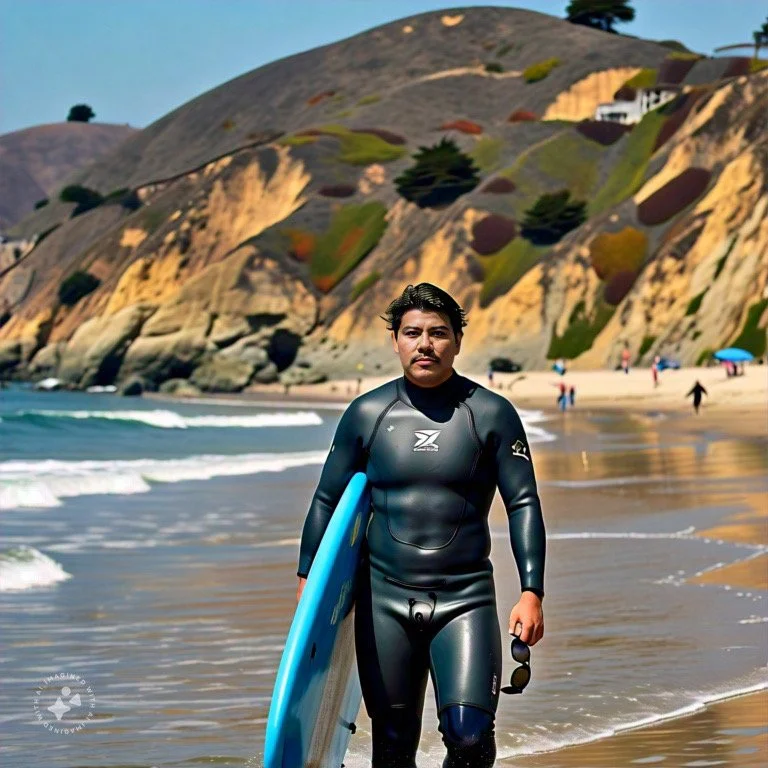



I mean, it's one thing to use artificial intelligence to fix your grammar or check your spelling, but it shouldn't be building or controlling our communities. The word “community” has power. It makes us feel like we're all in this together. It suggests solidarity and homeliness. That's why I'm glad you're part of this The Inkplate community, because no software will replace our ideas, our narratives, or our art.
Instability of Rented Spaces
Online platforms are, at best, a distant second for building connections, and as we've seen these last few days, they're fragile and subject to political whims. I was not personally affected by the recent TikTok ban, because my audience there is small compared to Instagram. We've been sold this idea for years that to thrive as creative people, we have to give it all on the "viral" social media app. But actually, artists and creative types have always worked and thrived even before the rise of social media.
All of us creative types with social media accounts have created homes for our communities on rented land. We've nurtured these communities with our laughs, knowledge and shared interests, and in some cases we've been lucky enough to make a small income thanks to the people who like our work and believe in what we stand for.
“The whole TikTok ban fiasco showed that you could lose more than just a way to make money, but also that social media is there here to serve the rich and powerful.”
As a creator, it's not possible to earn a small income without having a social media presence. This puts me in a bit of a weird position where I'm stuck on platforms that use my artwork, captions, search history, and interactions to train their AI systems, and then use that data to push the goals of their advertisers, or, as we've seen more recently, to push the government's agenda.
I know I don't want to build a community in that type of walled garden. That's one of the main reasons why I'm sticking with developing this part of the internet. I want to build something I truly believe in, and share my thoughts and beliefs without worrying that I'll lose access to a community because my values don't match those of a corporation. I did think about restarting The Inkplate on a popular newsletter platform like Substack, Medium or ConvertKit, but to be honest, that would have just masked other problems as a solution.
A Place to Call Home
I can assure you that the Inkplate newsletter or blog here on my website will not be a replacement for my social media presence. This will be my home base, where I can deepen my relationship with you, my readers – some of you who I consider close friends. I will continue to use social media to reach new audiences and invite them to this Inkplate community. I'm going to build The Inkplate as a place where I can post content, have in-depth conversations like these, and share detailed behind-the-scenes materials.
Obata Art Weekend 2024. Opening social hour. Photograph by Carl Calhoun 2024.
All while maintaining access to everyone for free, while providing an avenue for individuals who would like to continue financially supporting my work. You can read The Inkplate on your inbox or online for free, so there is no need to worry about the paywall. However, if you sign up for a membership, your contribution will help pay for the web hosting and functional cost of running this website. A paid membership also unlocks access to exclusive additional behind-the-scenes content, early print drops access, and free shipping for one year to all items in the store.
Lastly, even if you are like me and still require an in person community, I also have a few things coming up. This year I'm going back to Yosemite to do workshops over summer. I'm working on a series of free kids' classes with a local art gallery in Stockton and hope to expand those to the local libraries. This year, I'm focusing on building something lasting, a solid foundation that can withstand the challenges of the internet. I want to create a community that we can all call home.
Support this newsletter and my work and receive an exclusive detailed behind-the-scenes emails, featuring updates and insights on my projects.
